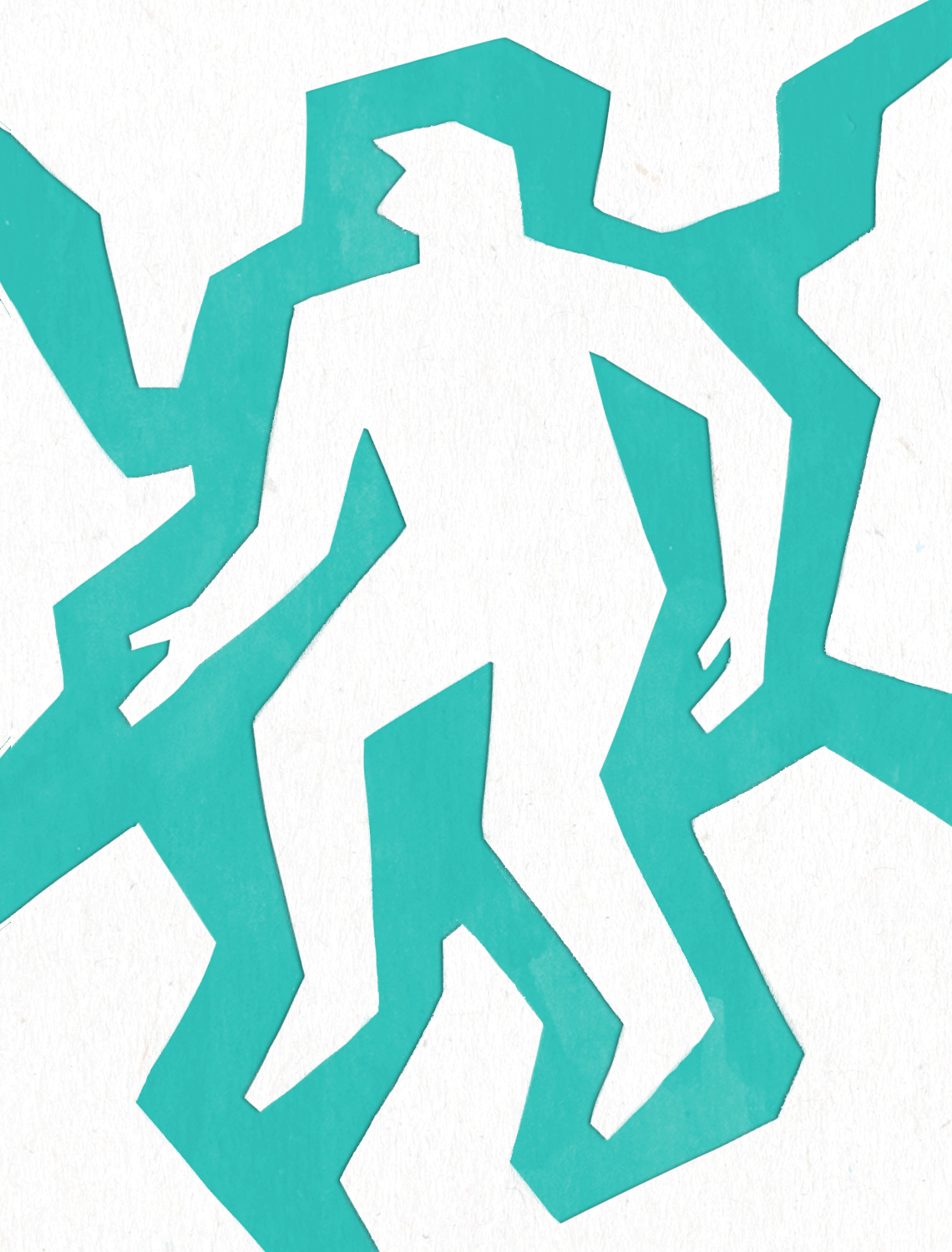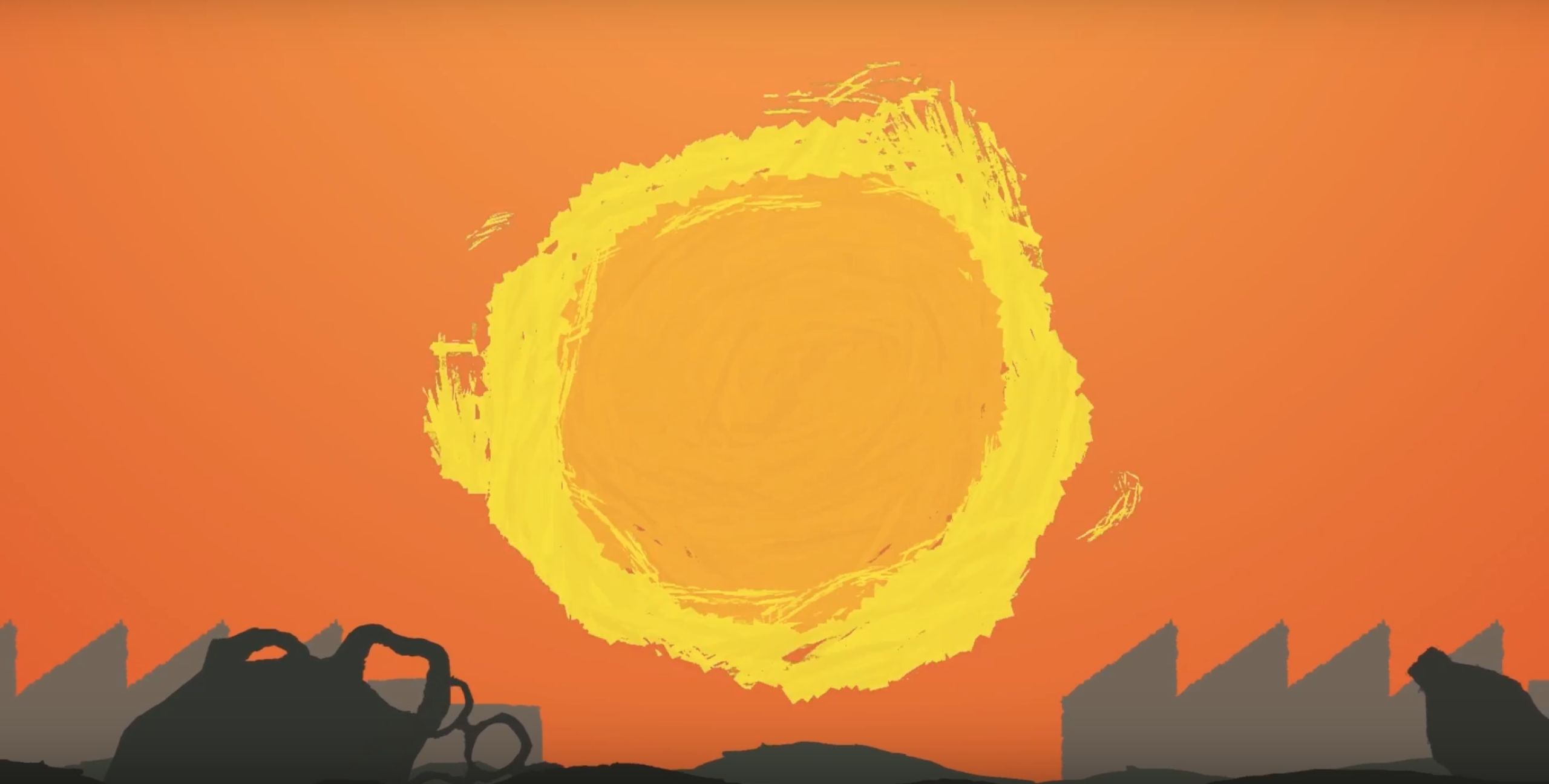Stress on the Earth’s ecosystem has led to water scarcity and global temperatures are rising fast. To engage these growing trends with a young audience that may find climate change either too distant or weighty a subject, The Tishman Environment and Design Center showcased “Beyond the Polar Bear” as a one-day pop-up exhibit on April 20.
As part of Earth Week, the event featured art and design work by students, alumni and faculty that confronts the issues of sustainability in the form of gifs, videos, memes and other imagery. The project is a collaboration between the New School and 350.org, an international advocacy project focused on climate change.
Parsons Illustration professor Wendy Popp, a coordinator for the event, helped assemble the collection of 80 visual expressions in order to spark conversation. Because President Donald Trump plans to cut funding from the Environmental Protection Agency next year, she said the need for dialogue is more imperative today than ever before — and imagery is one way The New School can engage with the issue. “A powerful, iconic image can do a great deal in terms of saying and expressing emotion,” Popp said.
The work featured in “Beyond the Polar Bear” will be shown on the websites and social media channels of 350.org, the Tishman Center and the Parsons Illustration department. According to Popp, this accounts for why the exhibition is comprised of mostly shareable, digital mediums. Another reason is because of its accessibility towards youth today.
“This is an age of entertainment as well, and with smaller attention spans, sadly,” Popp said. “So just a beautifully designed gif that engages someone and lets them linger on a page that talks about grassroots work, and rolling up your sleeve in nations across the globe, is one way to sort of engage a young audience.”
The exhibit, shown in the Event Cafe at the University Center, was made up of nine posters featuring selected works, and a video of photographic stills showing students creating their images. One series of stills, for example, displayed imagery based around the outline of a water droplet.
“Last Straw,” a short video contributed by Asaki Okamura, a senior at Parsons majoring in Illustration, shows tally marks alongside shots of garbage, wildlife, and smoking factory pipes to symbolize the notion that mankind is pushing the Earth towards destruction.
“My basic starting idea for what I did was to somehow visualize the fact that mankind has done enough damage,” Okamura said. “I just wanted to convey this ‘going past the limit’ aspect somehow.”
The question of sustainability hangs over Okamura’s native country, where he said there is a growing depletion of natural resources. “I do know for a fact that in Japan, where I’m from, they have experienced certain shortage threats in terms of certain foods they tend to use a lot of. Like seafood or just root vegetables.”
Arta Ajeti, a Parsons senior studying Illustration, also contributed to “Beyond the Polar Bear.” She designed a 5-second gif of a human figure melting into water.
The gif’s short length and quick speed serves a purpose. “It’s how everything, along with the polar bears, will disappear as well as the ice caps,” Ajeti said. “So it’s kind of making a connection between an icecap melting and us sort of dying out as well.

Thelma Young, the exhibition’s Social Media Director, drew inspiration for the name, “Beyond the Polar Bear,” from what comes up after searching “climate change” on Google. One of the first images that pop up is often that of a polar bear trapped on a melting icecap. “However compelling that image is, what it allows us to do is to put it at a distance, because it is at a distance. It’s in the arctic,” Popp said.
Popp notes that powerful images have percolated public consciousness throughout history, as photojournalism did during the Vietnam War. She said an image can cross boundaries of language, and she hopes the personal reflections that make up “Beyond the Polar Bear” will empower someone to be more vocal about climate change.
“We need an open mind and we need to have conversation constantly,” she said. “There needs to be a dialogue and this polarization is killing us.”
Gif by Arta Ajeti, image from video by Asaki Okamura







